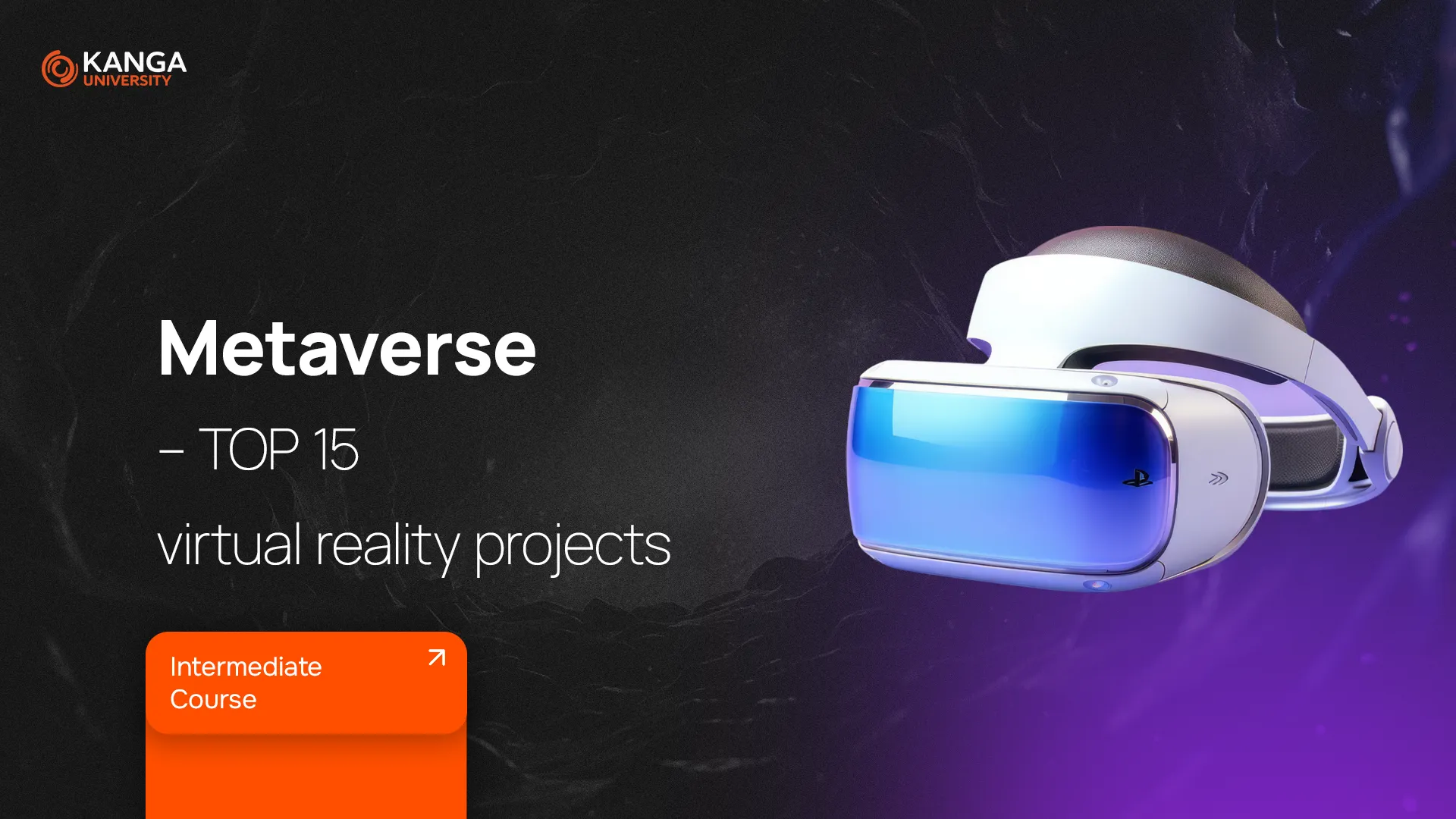
The Metaverse is no longer just a buzzword – it’s becoming a real, growing digital universe. With blockchain developers investing heavily in immersive worlds, this space is evolving fast, offering not just entertainment but real economic opportunities.
If you want to understand where digital entertainment, business, and online communities are headed – discover 15 projects shaping the future of the Metaverse.
Decentraland (MANA)
One of the oldest Metaverse projects on Ethereum. Users buy land, build galleries, and host events. MANA trades around $0.29 and monthly logged-in users exceed 60,000. The platform invests in engagement rewards and creator economy development.
Axie Infinity (AXS)
The game that defined the Play-to-Earn model. In the Final Era season, a 24,000 AXS prize pool was introduced for tournaments and community challenges. A quest system and new Axie skins were added. The community boasts over 2,200,000 unique owners and 300,000 monthly active players.
The Sandbox (SAND)
A platform blending user creativity with crypto economics. Users create games, buildings, and worlds. In 2025, The Sandbox signed partnerships with Gucci and Warner Bros. An NFT marketplace with over 150,000 active items was launched. SAND trades around $0.75.
Voxels (formerly Cryptovoxels)
A 3D gallery space reminiscent of Minecraft. In 2025, it moved to monthly updates. New islands and asset packs were added. A developer grant program and WebXR support were launched.
Enjin (ENJ)
An ecosystem for game developers and NFTs. In March 2025, Enjin Platform AI was released to streamline smart contract and NFT asset creation. SDKs for Unity and Unreal Engine went live. The native token remains above $1.
Bloktopia (BLOK)
A 21-story virtual skyscraper dedicated to education, investing, and entertainment. In 2025, dynamic themed zones were introduced. Onboarding was simplified for new users. BLOK Games with three mini-games went live.
Bit.Country (NUUM)
A platform for building custom Metaverses. Mid-2025 saw NEER/NUUM token migration to Solana, boosting transaction speed and lowering fees. Users can now create and monetize their own worlds in minutes.
Starlink (STARL)
A community-driven virtual space adventure. The STARL token lets users buy ships, join missions, and explore the galaxy. In 2025, faction systems and PvE were added, and the first PvP league season launched.
Decentral Games (DG)
A DAO-powered Metaverse casino. Offers poker, blackjack, and slots. In 2025, an NFT-based loyalty program was introduced. Time-challenge gamification features were expanded.
TopGoal
A football-themed card game with licensed players. In 2025, PvP mode, global leagues, and seasonal tournaments launched. A card-trading system and liquidity pool for top players were added.
RFOX VALT (JUICE)
A virtual shopping mall now part of the Orange Network. In 2025, RFOX and VFOX tokens were replaced by JUICE. A branded streetwear and fashion NFT drop marketplace went live.
Cyber Dragon (BNX, Gold)
An RPG where NFT hero teams battle the Cyber Dragon. In 2025, character skill progression, procedural dungeon exploration, and rare item drops were added. Gold became the ecosystem’s native currency.
Alien Worlds (TLM)
A sci-fi game of planetary exploration, resource mining, and NFTs. In 2025, lower-fee shards were released. The game engine was optimized to cut load times. TLM staking support was introduced.
Second Life
A classic social platform with 3D avatars. In 2025, the mobile app lets new users sign up directly on their smartphones. Avatar rendering was improved and VR storefronts were added.
My Neighbor Alice (ALICE)
An Animal Crossing–style simulation game. In 2025, WebGPU support, land sharing, and a liquidity pool for ALICE were implemented. A player-created asset marketplace launched.
Summary
These 15 projects show just how diverse and innovative the Metaverse has become. While still in its early stages, this space is rapidly growing, with new platforms and use cases emerging all the time.
Whether you’re into gaming, digital art, social spaces, or virtual business – there’s a Metaverse project for you. Keep an eye on these names, because they’re helping shape the future of the internet.